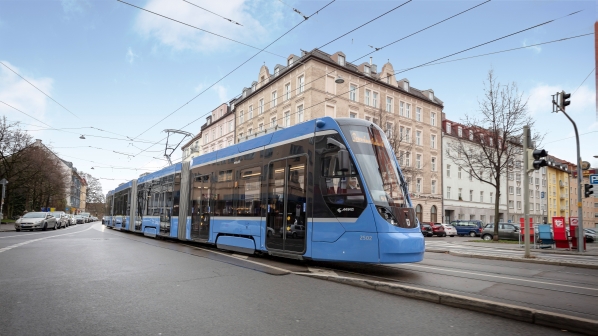A memorandum of understanding (MoU) to cooperate in silicon carbide (SiC) traction power technology has been signed by Siemens Mobility and Mitsubishi Electric Europe.
JR Central’s next-generation N700S Shinkansen trains, which entered service on the Tokaido Shinkansen in July 2020, were the first trains in the world to have a traction system featuring SiC devices.
“The key concept for the N700S was to take advantage of the merits of SiC devices, which have a lower power loss, higher frequency and a higher current than Si devices, not only in the power convertor system but also in the entire traction system,” JR Central told IRJ in 2019.
Since then, SiC devices have been used in other trains in Japan. For example, Tokyo Metro’s series 17,000 trains, which entered service in February 2021, have permanent magnet synchronous traction motors and a control device that uses SiC elements to reduce power consumption, while JR Central’s series 315 EMUs, which were introduced in March, have SiC devices in the traction system.
Siemens Mobility and Munich City Authority (SWM) completed a one-year trial in August 2021 using semiconductor technology based on SiC devices fitted to a three-section Avenio LRV. The trial, which was conducted as part of the Shift2Rail Pinta project, found that the vehicles were quieter and used 10% less energy.
“Mitsubishi Electric’s SiC devices have proven long-term reliability in the most demanding of applications such as traction inverters in trains,” Siemens says. “The potential for energy savings through the use of Mitsubishi Electric’s SiC power devices in railway technology exists particularly in the area of traction drives. In particular, the full SiC 3300V power modules contribute to energy saving and the downsizing of traction inverters.”
Siemens says the SiC chipset for high-speed switching is used in the standardised LV100 package, which provides low stray inductance and easy paralleling capability. The company says power losses of LV100 full SiC modules can be reduced by about 75% compared with conventional Si power modules during the inverter operation, thereby increasing the efficiency of the traction inverter.

